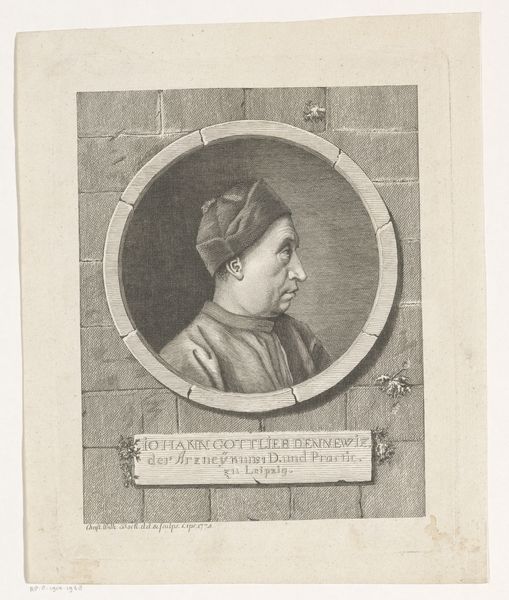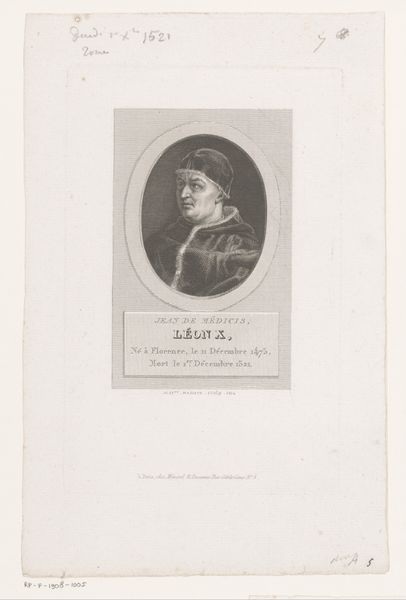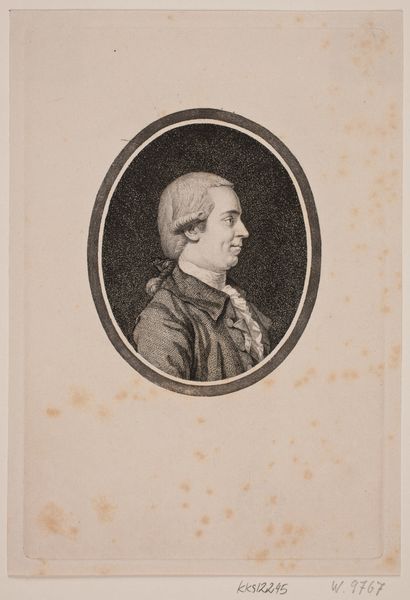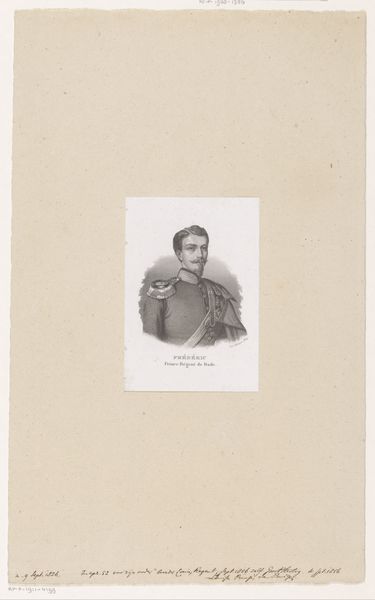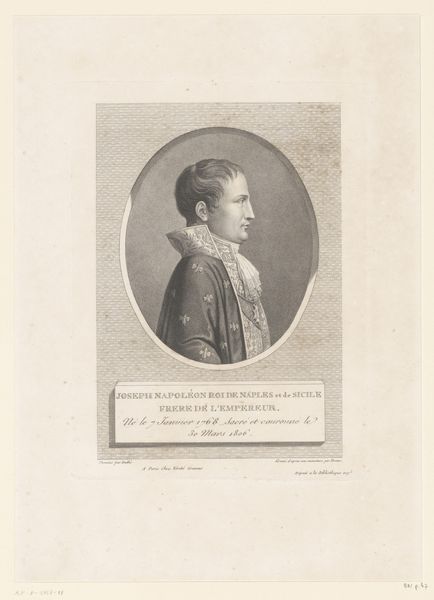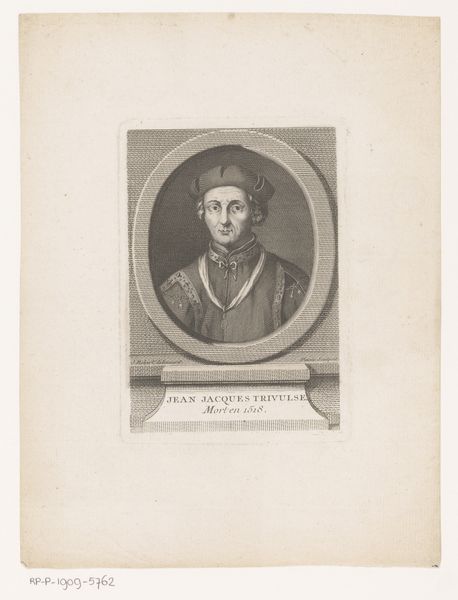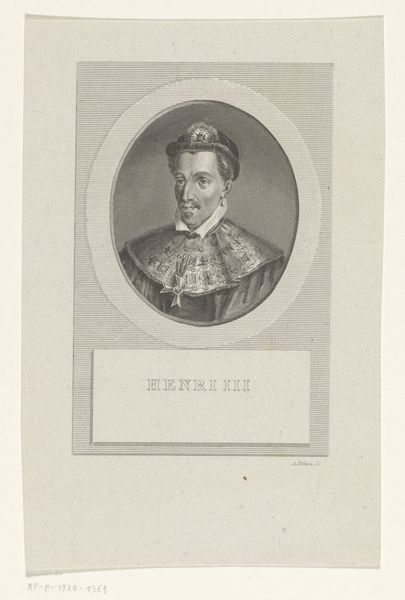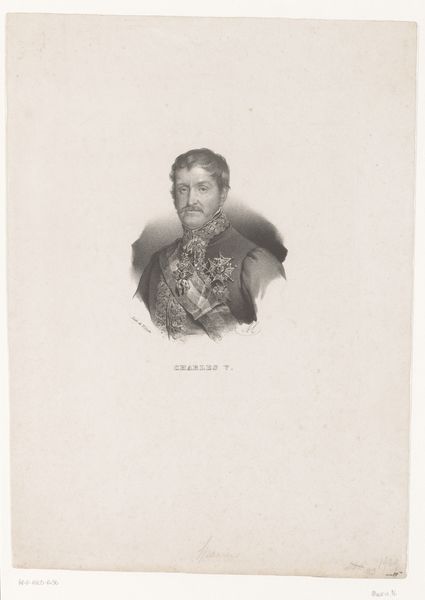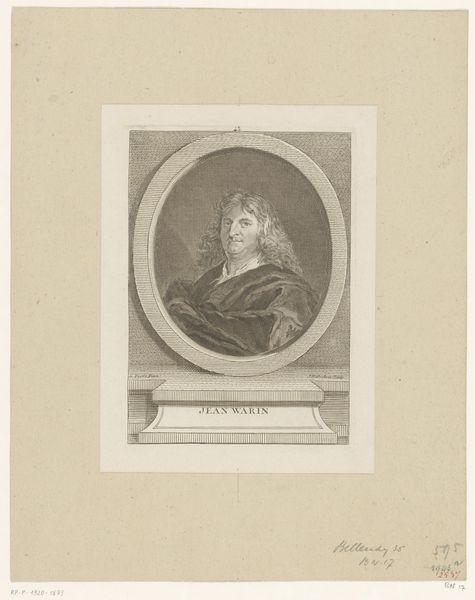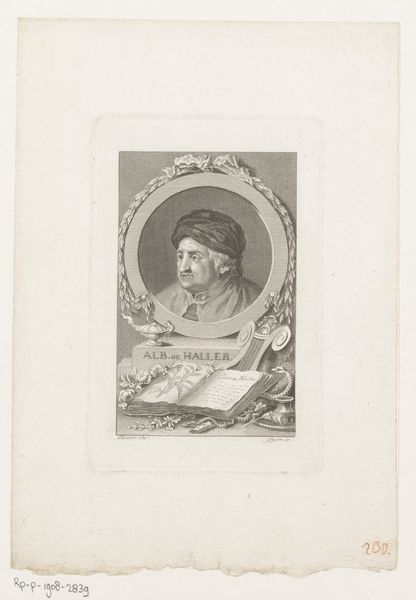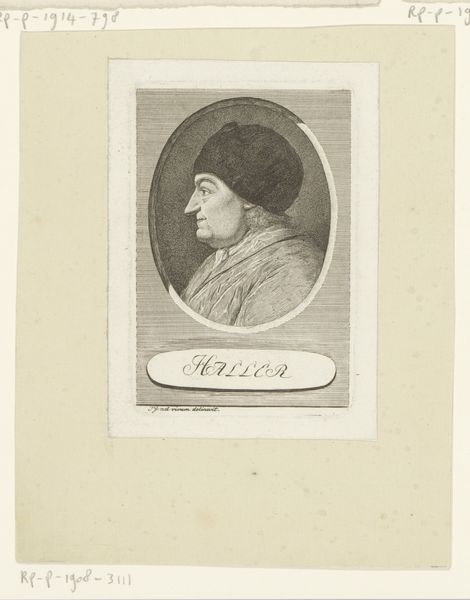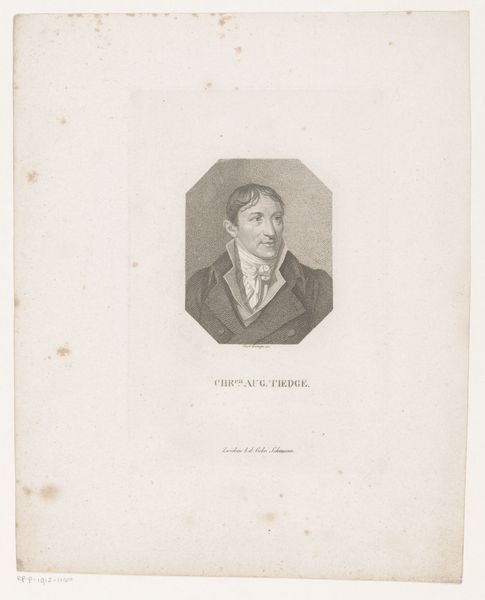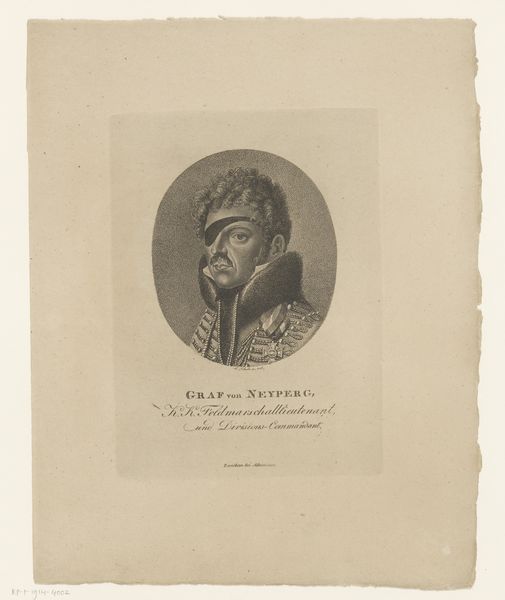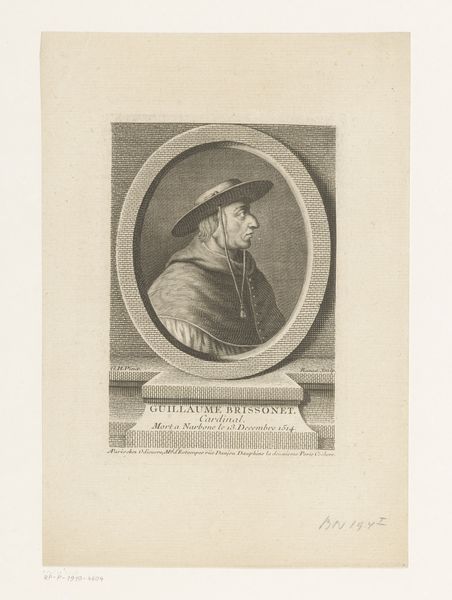
print, engraving
#
portrait
#
neoclacissism
#
medieval
# print
#
history-painting
#
engraving
Dimensions: height 149 mm, width 108 mm
Copyright: Rijks Museum: Open Domain
Editor: Here we have a print entitled "Portret van Frans II van Bretagne," made sometime between 1755 and 1765 by Sebastien Pinssio. It looks quite formal, with this gentleman posed within an oval frame. What compositional elements stand out to you? Curator: Immediately, I'm drawn to the stark contrast achieved through engraving. Note how the artist manipulates line density to sculpt form, achieving a sense of depth despite the work's essentially two-dimensional nature. The formal presentation is also compelling; the framing emphasizes the subject's nobility, and encourages viewers to regard the composition as an historical archetype, something removed and elevated. The evenness of tone in the grey field of the face forces us to see its starker geometry: do you think the medium served this formality or distracts from it? Editor: That's a fascinating point! I see how the lines define shape, but maybe detracts from the softness or roundness one might expect in a face. The angular lines of the neck and shoulder plate create visual weight. How does the geometric shape relate to the artistic school? Curator: Indeed. Considering it an exercise in Neoclassical ideals – restraint, order, clarity – that visual weight provides the composition stability, a rigid timelessness. This speaks directly to the values of the era when it was created, even as it portrays a historical subject. In focusing primarily on shape, dimension, balance and structure the neoclassical aesthetic, while seemingly depicting medievalism, adheres primarily to principles rooted in philosophy, even semiotics. It has an immediate effect through material! Editor: I now see how the linearity and stark contrasts amplify that timeless quality. I initially focused on the historical representation, but your formalist analysis truly unveils layers of artistic intent beyond the subject matter itself! Curator: And seeing those layers illuminates your insight to what might, at first blush, appear absent in the historical. Material form makes the difference!
Comments
No comments
Be the first to comment and join the conversation on the ultimate creative platform.
